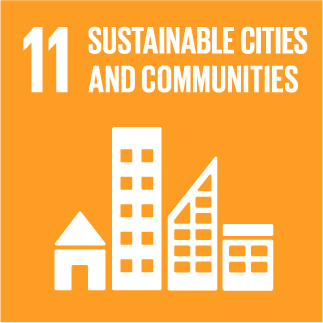Integrated manufacturing of REciclable multi-material COmposites for the TRANSport sector
Structural Control of Photoconductivity in a Flexible Titanium?Organic Framework
The concept of flexibility is extended to titanium frameworks and use it to gain control over charge transport. MUV?35 is a flexible doubly interpenetrated framework that can shrink spontaneously its volume by ?40% to afford a photoconductive, porous state that is thermodynamically favored by non?covalent interactions.The soft nature of Metal?Organic Frameworks (MOFs) sets them apart from other non?synthetic porous materials. Their flexibility allows the framework components to rearrange in response to environmental changes, leading to different states and properties. The work extends this concept to titanium frameworks, demonstrating control over charge transport in porous molecular crystals. MUV?35 is a two?fold catenated framework composed of heterometallic TiMn2 trimers and electron donor 4,4?,4??(benzo[1,2?b:3,4?b’:5,6?b?]trithiophene?2,5,8?triyl)tribenzoic acid (H3BTTTB) linkers, forming a rare sit?c net topology that can fold to reduce its volume by ?40% through a single?crystal transformation controlled by linker conformation in open, intermediate, and closed states. This process, driven by a free energy difference of ?300 kJ mol?1, originates from the formation of a continuous network of non?covalent interactions that force the spontaneous loss of the solvent in the pores of the framework to establish charge transport pathways that afford photocurrents of 2.5 × 10?3 S m?1 under visible light for an ON/OFF ratio (?R) of four orders of magnitude. This photoconductivity rivals the best conductivity values described for though?transport conductive MOFs while maintaining a porosity of ?1.000 m2 g?1.

» Publication Date: 26/01/2025

This project has received funding from the European Union's Horizon 2020 research and innovation programme under grant agreement Nº 768737


